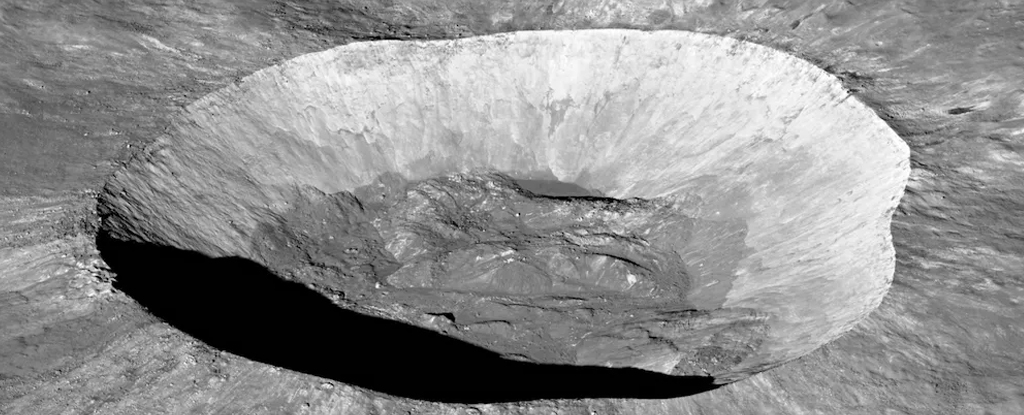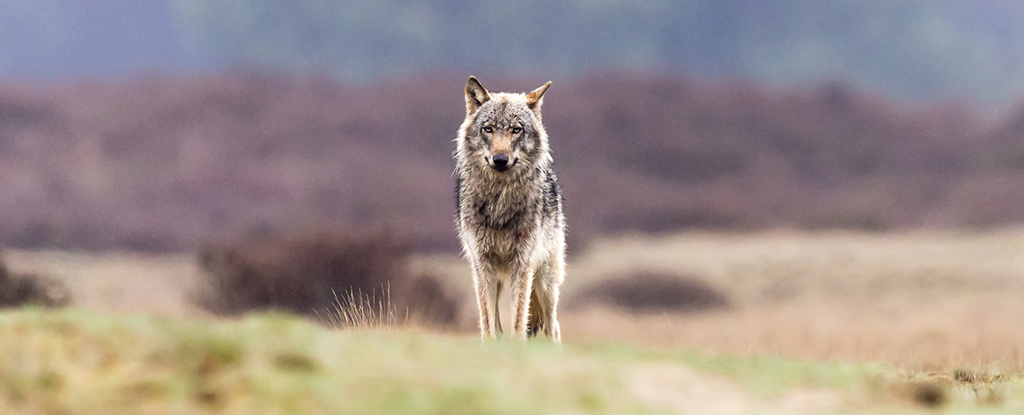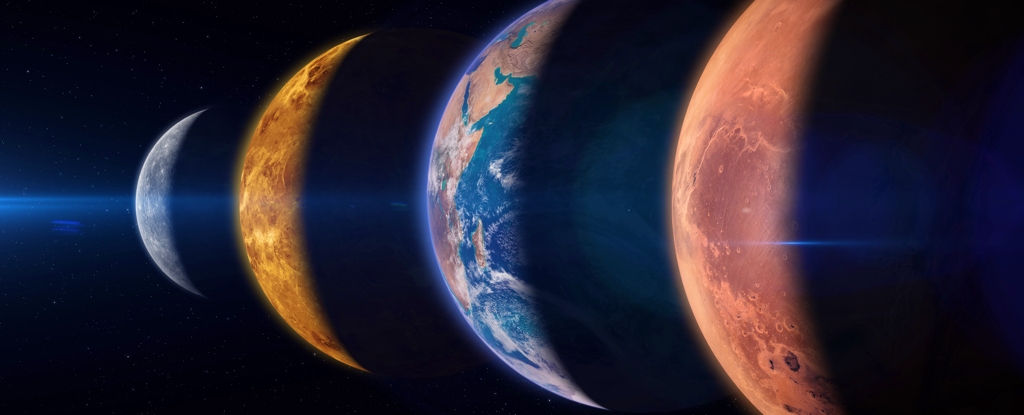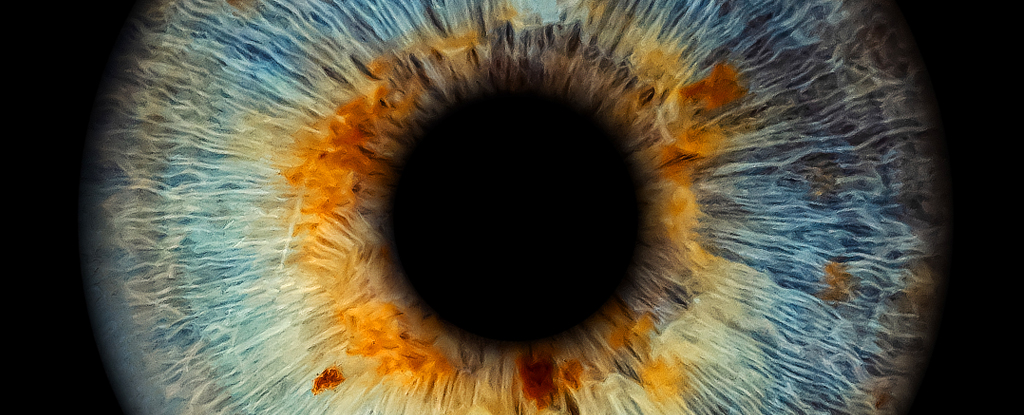You may never be able to go home again, as the old proverb asserts, but for a chunk of rock sharing Earth’s orbit around the Sun, you might at long last know where it is.
The provenance of asteroid Kamo’oalewa, discovered in 2016, is something of a mystery, but astronomers believe it may be a chunk of the Moon. A new analysis has even identified the crater from which it may have been gouged.
Using numerical simulations, a team led by astronomer Yifei Jiao of Tsinghua University in China has determined the properties of the crater most likely have to produced the asteroid, and found a real one that matches those properties: the Giordano Bruno crater on the far side of the Moon.
“We have explored the processes for impact-induced lunar fragments migrating into Earth co-orbital space and presented support for Kamo’oalewa’s possible origin from the formation of the Giordano Bruno crater a few million years ago,” the researchers write in their paper.
“This would directly link a specific asteroid in space to its source crater on the Moon and suggests the existence of more small asteroids composed of lunar material yet to be discovered in near-Earth space.”
Earth, compared to most planets in the Solar System, is relatively light in the moon department. Though a giant as far as moons go, the one natural satellite sharing our orbital space seems rather lonely.
That said, it’s surprisingly difficult to see things in space, even if they’re close by, and we tend to overlook the additional ‘minimoons’ hanging out in our vicinity.
frameborder=”0″ allow=”accelerometer; autoplay; clipboard-write; encrypted-media; gyroscope; picture-in-picture; web-share” referrerpolicy=”strict-origin-when-cross-origin” allowfullscreen>
Kamo’oalewa is sort of the poster child for our planet’s shadow family. It’s been hanging out for at least centuries, sharing Earth’s orbital proximity with the Sun. And its distance from Earth varies significantly, which means it would be particularly elusive.
We did find it eventually, obviously, and it represented a bit of a puzzle. But last year, scientists published a preprint paper with a very plausible explanation.
The way Kamo’oalewa reflects light, and its color, are very similar to that of the lunar surface and not much at all like other near-Earth asteroids. Combined with a close study of its orbital properties, they concluded that the strange rock was part of the Moon once upon a time.
Jiao and colleagues have now taken the analysis a step further, using the physical and orbital properties of the asteroid, and models of lunar impacts, to work out where the heck it came from.
For example, since Kamo’oalewa has quite a rapid rotation, it must be a pretty solid lump. Otherwise it would fly apart in a spray of fragments. Being a monolith, it’s fair to assume it was excavated as one chunk rather than a congealed pile of loose debris ejected from an impact.
Working backwards implies a strike that left a crater bigger than about 10 to 20 kilometers (6 to 12 miles).
Near-Earth asteroids don’t tend to remain near Earth for longer than about 100 million years, which means that Kamo’oalewa has to be younger than this. An impact of the size it would take to gouge the asteroid out would also produce debris, which would be expected to hang around for about 10 million years. Since we haven’t found any such debris, this implies that Kamo’oalewa is between 10 and 100 million years old.
There aren’t many craters on the Moon that fit the size requirement that are also younger than 100 million years old. There are a few tens of candidates, but the Giordano Bruno crater, at 22 kilometers across, and less than 10 million years old, is the best of them, the researchers found.
“It is clear that the largest, youngest craters are more probable sources, as they produce more escaping fragments that still remain in space or the Earth co-orbital region,” they write. “And indeed, Giordano Bruno is the only possible source crater satisfying the criterion.”
The pyroxene composition around the crater walls and rim is similar to the composition of Kamo’oalewa, and up to 400 Kamo’oalewa-sized fragments would have been ejected from the site upon the impact of an asteroid just 1.66 kilometers across.
Simulations suggest that most of these fragments will be flung out of Earth’s co-orbital space by 10 million years after the impact, but it is absolutely possible for rare exceptions to remain, and end up in an orbit similar to Kamo’oalewa’s.
The evidence is far from conclusive, but we’re soon going to be able to find out. We have lunar meteorites here on Earth that have been linked to the Giordano Bruno crater.
And the Chinese National Space Administration has plans to launch Tianwen-2 next year, an asteroid sampling mission that will explore Kamo’oalewa, retrieve a sample, and drop it off here for Earth scientists to study. Perhaps even future missions might discover what happened to the rest of the rocks that flew out into space with Kamo’oalewa.
The research has been published in Nature.





